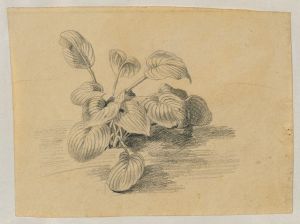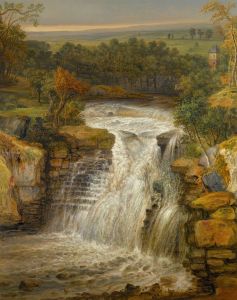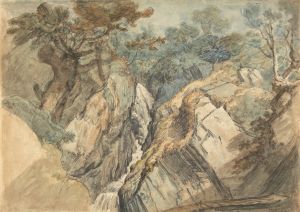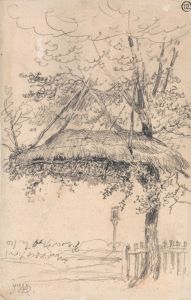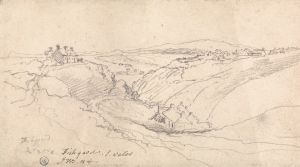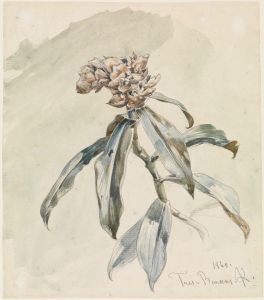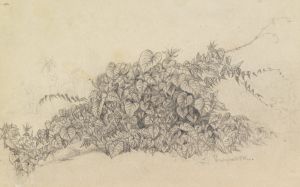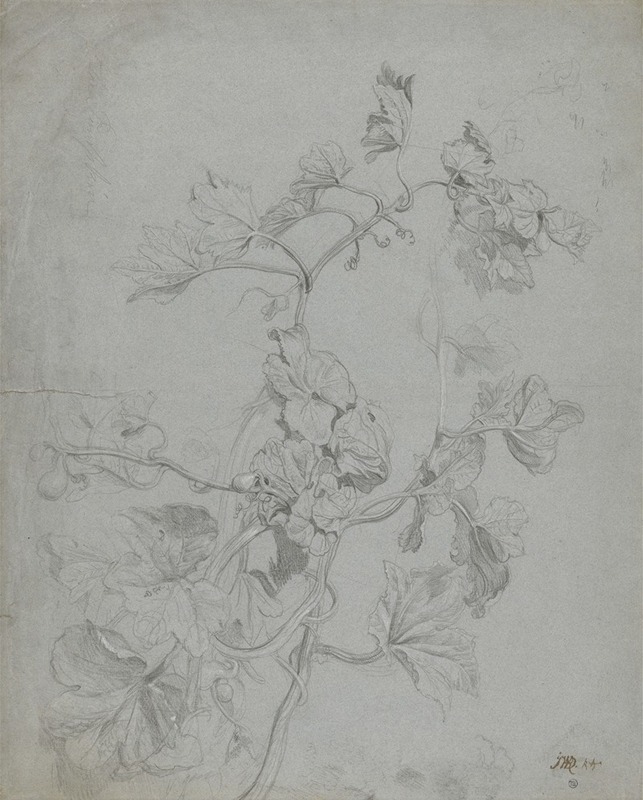
Study of a Climbing Plant
A hand-painted replica of James Ward’s masterpiece Study of a Climbing Plant, meticulously crafted by professional artists to capture the true essence of the original. Each piece is created with museum-quality canvas and rare mineral pigments, carefully painted by experienced artists with delicate brushstrokes and rich, layered colors to perfectly recreate the texture of the original artwork. Unlike machine-printed reproductions, this hand-painted version brings the painting to life, infused with the artist’s emotions and skill in every stroke. Whether for personal collection or home decoration, it instantly elevates the artistic atmosphere of any space.
James Ward (1769–1859) was a prominent British painter and engraver, known for his animal paintings and landscapes. He was a key figure in the Romantic movement in England, and his works often depicted the natural world with great detail and emotion. One of his lesser-known works is "Study of a Climbing Plant," which reflects his interest in the natural environment and his skill in capturing its intricacies.
"Study of a Climbing Plant" is a testament to Ward's ability to observe and render the subtleties of nature. Although specific details about the creation date and the exact location of this painting are not widely documented, it is consistent with Ward's broader body of work, which often focused on the detailed study of flora and fauna. This piece exemplifies his meticulous approach to botanical subjects, showcasing his keen eye for detail and his ability to convey the delicate beauty of plant life.
The painting itself is a study, meaning it was likely intended as a preparatory work or an exploration of the subject matter rather than a finished piece for public exhibition. Such studies were common among artists of Ward's time, serving as exercises in observation and technique. In "Study of a Climbing Plant," Ward captures the intricate forms and textures of the plant, highlighting its twisting stems and lush foliage. The work demonstrates his proficiency in rendering natural forms with precision and sensitivity.
Ward's interest in plants and animals was not merely artistic; it was also scientific. During the 18th and 19th centuries, there was a growing fascination with the natural world, spurred by advancements in science and exploration. Artists like Ward were influenced by this trend and often collaborated with scientists and naturalists. His studies of plants and animals reflect this intersection of art and science, where detailed observation was paramount.
The medium used for "Study of a Climbing Plant" is likely to be either oil on canvas or watercolor, as these were common media for Ward's studies and sketches. His use of color and light would have been carefully considered to enhance the realism and vitality of the plant. The composition likely focuses on the plant itself, with minimal background detail, directing the viewer's attention to the subject's form and structure.
James Ward's contributions to art extend beyond his paintings. He was also an accomplished engraver, and his works were widely reproduced, making them accessible to a broader audience. His influence can be seen in the works of later artists who continued to explore the relationship between art and nature.
In summary, "Study of a Climbing Plant" by James Ward is a reflection of the artist's deep engagement with the natural world. It showcases his ability to capture the delicate beauty of plant life with precision and care. While specific details about this particular work are limited, it remains an example of Ward's broader artistic and scientific interests, highlighting his role in the Romantic movement and his contribution to the study of nature through art.






